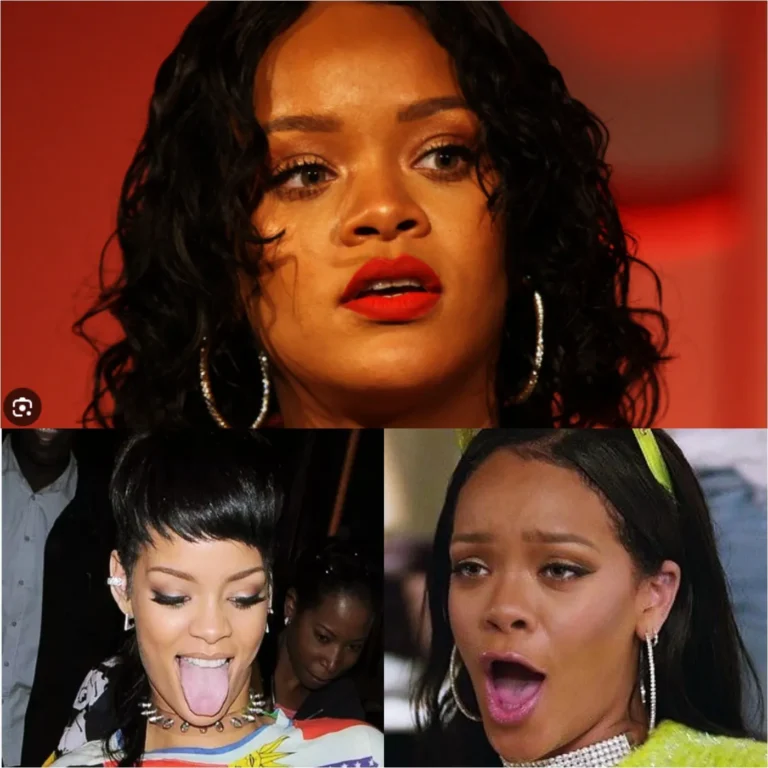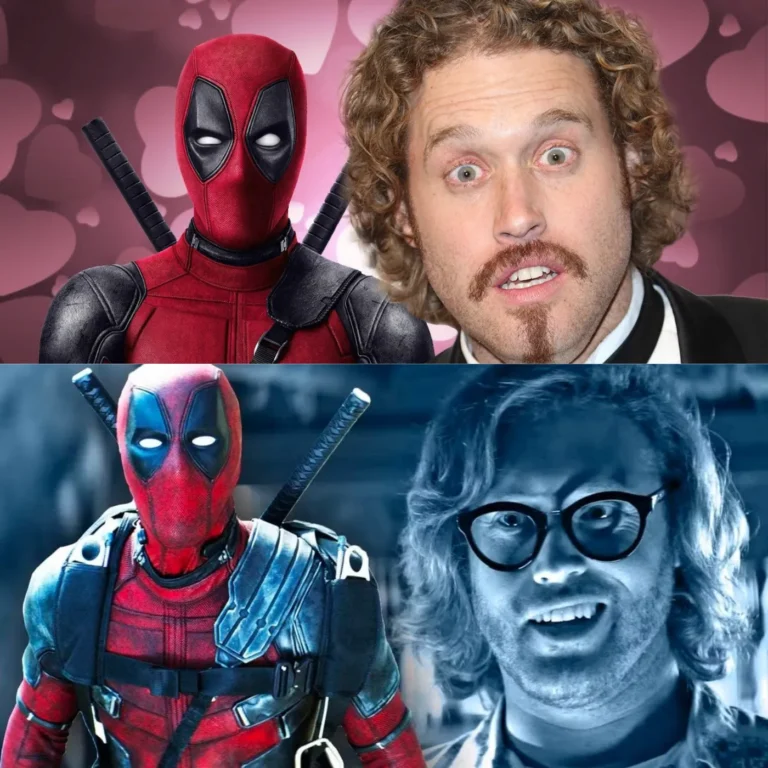
“The recent absence of BTS’s Suga from his scheduled police questioning has reignited debates over South Korea’s controversial “photo line” tradition, where high-profile figures are publicly scrutinized as they face the media during investigations”
Suga, a star of the globally renowned K-pop group BTS, was reportedly under investigation for allegedly driving an electric scooter under the influence earlier this month. Media outlets gathered at Yongsan Police Station on Thursday, expecting his appearance for questioning. However, his agency later denied that he would be attending, leaving reporters in a stir and rekindling discussions about the fairness of the photo line practice.

The photo line, a long-standing tradition in South Korea, requires prominent individuals—often celebrities, politicians, or business leaders—to stand before the press and briefly address questions as they enter or leave police stations or prosecution offices for questioning. This practice, which started in 1994 after a public incident involving the late Hyundai Group founder Chung Ju-yung, has since been viewed by many as a “walk of shame.”
In 2006, the Korea Press Photographers’ Association implemented guidelines to manage the chaotic competition among media outlets for photos of suspects. However, the tradition has faced criticism for subjecting well-known figures to public embarrassment before they are proven guilty, with some arguing that it unfairly targets these individuals due to their social status.
For instance, late “Parasite” actor Lee Sun-kyun was forced to face the photo line three times during an investigation last year into his alleged drug use. Despite his request to avoid media coverage, authorities refused, leading to accusations that the public exposure contributed to his subsequent tragic death. Critics argue that this practice violates human rights and imposes unnecessary public punishment on suspects, who are often presumed guilty by the public before their trial.

Similarly, actor Yoo Ah-in, who is on trial for habitual drug use, was visibly emotional as he stood in front of the photo line outside the Seoul Metropolitan Police Agency last year. He expressed a desire to turn his life around but faced intense public scrutiny that many believe is exacerbated by the photo line tradition.
Following these incidents, former National Police Chief Yoon Hee-keun announced plans to review investigative practices and media guidelines concerning the appearance of celebrities during questioning. Experts argue that the photo line serves as a form of public shaming, disproportionately affecting high-profile figures due to their fame.
Huh Chang-deog, a sociology professor at Yeungnam University, pointed out the ethical dilemma, noting that the seriousness of alleged crimes should not be conflated with social status. He emphasized that this practice could be seen as a violation of human rights, as not all suspects are subjected to the same level of public exposure.
Lim Myung-ho, a psychology professor at Dankook University, added that the photo line amplifies the embarrassment for celebrities by a factor of 10 to 20, due to the nationwide attention and the enduring nature of online content. This relentless scrutiny not only penalizes individuals for their alleged wrongdoings but also subjects them to ongoing public judgment, regardless of the outcome of their trial.
As the debate continues, the question remains: Is the photo line a necessary part of the justice system, or is it an outdated practice that unfairly targets and shames high-profile individuals?



